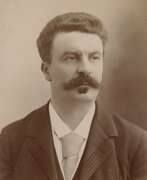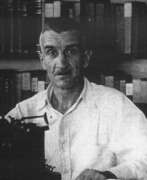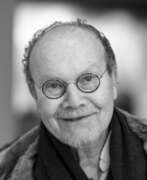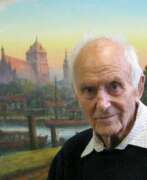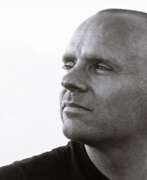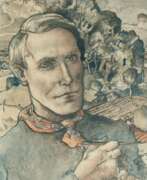Writers Fantastic Realism
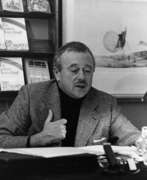

Roger Loewig was a German artist, illustrator and writer.
In addition to working as a teacher of Russian, German and history, Loewig independently practiced painting and drawing. In 1963, he organized an exhibition of his work, but was arrested on charges of "incitement endangering the state". Most of his paintings and literary texts were confiscated.
In 1972, he left for the Federal Republic of Germany, where he found recognition for his talent. Along with Günter Grass, Christoph Meckel and others, he joined the wide circle of "Berlin poets-artists", and Loewig's visual art became recognized as fantastic realism. Loewig's artworks and texts about war, flight, exile, and unfreedom placed him among the most important German artists of the postwar period.
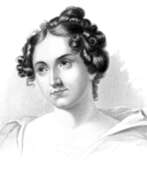

Catharine Maria Sedgwick was a successful American novelist writer of the first half of the 19th century.
Catharine was the daughter of Theodore Sedgwick, a lawyer, congressman and later senator and state supreme court justice. She was one of the most prolific and respected American novelists of the period, writing six novels, eight works for children, two biographies, and more than 100 short prose stories. The famous writer Edgar Allan Poe reviewed her work quite favorably.
Sedgwick wrote the novels Redwood (1824), Hope Leslie (1827), Clarence (1830), and The Linwoods (1835), her last novel, "Married or Single?" was published in 1857. Her works in particular raise questions about the relationship between nurture and management, and the key role of women in shaping the emerging nation.
Catherine Sedgwick was also active in the New York Women's Prison Association from its inception in 1854 until her death.
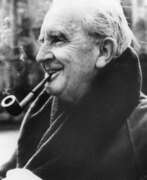

John Ronald Reuel Tolkien was a British writer and poet, translator, philologist, and linguist.
Tolkien wrote many works in the genre of magical fiction. He became world famous for his fantasy books The Hobbit (1937) and The Lord of the Rings (1954-55).
"The Hobbit" was published in 1937 with drawings by the author and proved so popular that the publisher asked him to write a sequel. The result, 17 years later, was Tolkien's masterpiece, "The Lord of the Rings," which was voted the best book of the 20th century. By the beginning of the 21st century, more than 50 million copies had been sold in 30 languages. The film version of "The Lord of the Rings" by New Zealand director Peter Jackson, released in three parts in 2001-2003, broke world viewing records.
Tolkien has been called the "father" of modern high fantasy literature.
